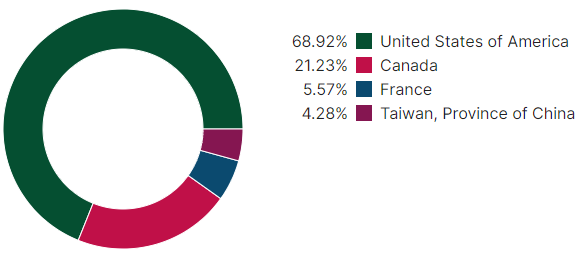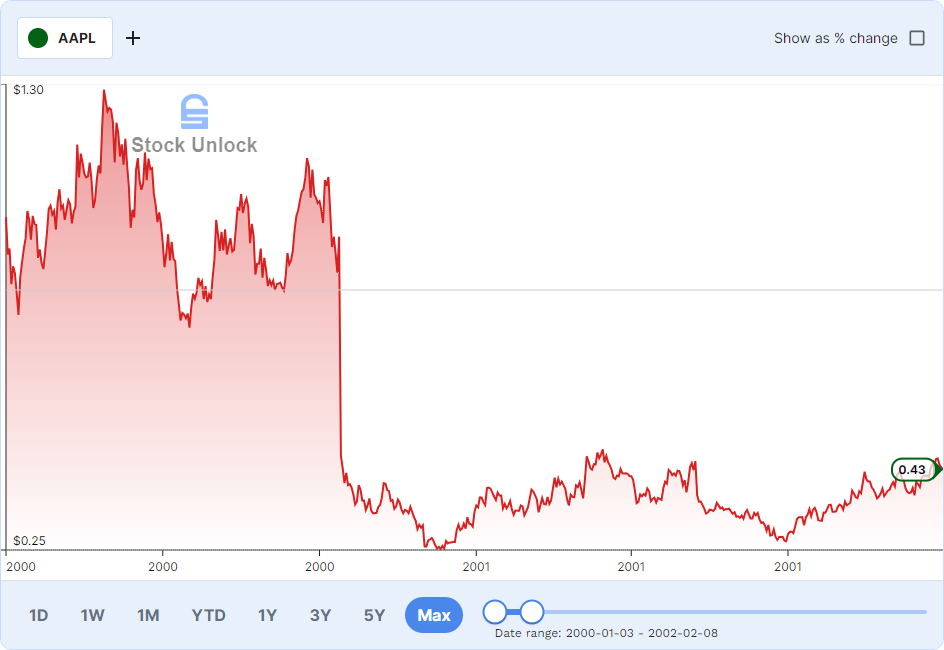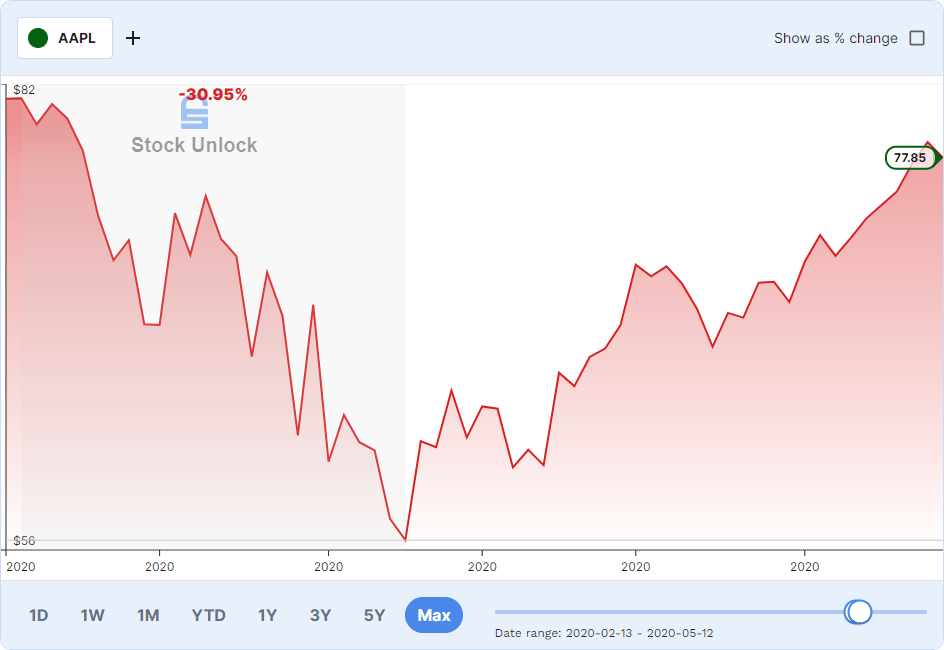Diversifying your investment portfolio is a fundamental strategy for managing risk and maximizing returns. Whether you’re an experienced investor or a beginner, understanding the nuances of different investment options can significantly impact your financial success.
Table of contents:
- What is Diversification?
- Why Diversify?
- How to Diversify?
- How to Put It All Together?
- Challenges and Considerations
What is Diversification?
Diversification is often touted as the “golden rule” of investing and for a good reason. It involves spreading your investments across various asset classes to reduce risk. By doing so, you can achieve a balance between risk and reward, which is crucial for long-term financial stability. In my financial journey, I’ve applied diversification by allocating savings across various bank accounts, diversifying into different currencies, and exploring various investment options. It’s a strategy that has served me well and can benefit you too.
Why Diversify?
Let’s imagine you have $10,000 to invest, and you decide to put it all into a single stock. If that stock performs well, you might make substantial gains. However, if it falls due to unexpected events like fraud, a new disease outbreak, an economic shutdown, or other unforeseen circumstances, even if you did good research before investing, you could still lose a significant portion of your investment.
To illustrate, let’s take one of the best-performing stocks – Apple as an example:
- COVID-19 pandemic in 2020: ~30%
- The global financial crisis in 2008-2009: ~45%
- Dotcom bubble crash in 2000-2002: ~75%
These historical events highlight the essence of risk and emphasize precisely why diversification matters.
How to Diversify?
There are various ways to diversify your portfolio, and the strategies you choose strongly depend on the assets you already own. In case you are 100% invested in stocks, you can consider different asset classes. If all your stocks belong to one industry, sector diversification is a good option for you. Here are the essential strategies you should know about:
1. Asset Allocation Diversification
This is the most fundamental form of diversification. It involves dividing your investments among different asset classes. The primary asset classes include stocks, bonds, and cash.
For instance, a conservative investor might allocate 50% to bonds, 40% to stocks, and 10% to cash. A more aggressive investor might have 70% in stocks, 20% in bonds, and 10% in cash.
What about my portfolio? I’m playing a more aggressive game here by holding 10% in cash and 90% in stocks.
2. Geographic Diversification
Geographic diversification is a strategic approach that involves investing in various international markets and economies. The idea behind this strategy is to spread your investments across different regions, thereby reducing exposure to risk in a single market. Even though world financial markets are interconnected, they can also perform independently due to various economic, political, and social factors.
In today’s world, access to international markets has never been easier. Many brokerages provide the option to invest directly in foreign stocks or through exchange-traded funds (ETFs) and mutual funds that focus on international markets.
What about my portfolio? With global diversification, my goal is to minimize risk and seek opportunities in markets across the globe. Here’s a portfolio breakdown by country:

3. Sector Diversification
Sector diversification involves spreading your investments across various sectors or industries within the stock market. Common sectors include technology, healthcare, energy, and finance. Each sector can react differently to economic and market conditions.
For example, if you were heavily invested in the hotels, restaurants, and leisure sector before the pandemic, your portfolio experienced significant losses, even if you had diversified across different companies. Meanwhile, businesses that offered solutions for remote work, e-commerce, and other emerging trends thrived.
What about my portfolio? I focus on diversifying across sectors I understand, such as Technology, Finance, and Media, while limiting my allocation to industries like Biotechnology and Airlines.
4. Real Assets Diversification
Real assets, such as real estate and commodities, can offer diversification benefits. Real estate investments can include physical properties as well as Real Estate Investment Trusts (REITs). Commodities diversification may involve investments in physical goods like gold, oil, agricultural products, and Bitcoin.
Real asset classes are more challenging to predict because they are influenced by various factors that can impact prices in a short period. However, they tend to perform better in turbulent environments, making them worth considering at the right time and price.
What about my portfolio? Currently, the only real assets I own are REITs, so I have limited diversification in this sector.
5. Risk Asset Diversification
Risk asset diversification is a strategy focused on managing the risk associated with specific assets, such as stocks, bonds, or cryptocurrencies. By diversifying across different risk profiles, you can better protect your investments against downturns.
For example, during economic downturns, safer assets like bonds may perform better, while riskier stocks might underperform.
What about my portfolio? I am applying it primarily within stocks. I allocate more capital to safer ideas (90%) while also giving a chance to riskier stocks (10%) with more potential upside.
How to Put It All Together?
Ultimately, an effective diversification strategy combines several of these methods to create a well-rounded investment portfolio. The specific mix depends on your financial goals, risk tolerance, and investment horizon.
Real-world example: Consider a 25-year-old investor with a moderate risk tolerance. They might create a diversified portfolio by allocating 80% to various stocks and equity funds, 10% to bonds, and 10% to real estate through REITs. This portfolio combines asset allocation, sector diversification, time horizon diversification, and real assets diversification. For further insights into different investment types, you can explore this article.
Challenges and Considerations
While diversification is a powerful investment strategy, it’s essential to be aware of the challenges and considerations:
- Over-diversification: While diversification is beneficial, over-diversifying by holding too many investments can reduce gains and increase the complexity of managing your portfolio. Finding the right balance is key.
- Monitoring and rebalancing: Diversification isn’t a “set it and forget it” strategy. You’ll need to regularly monitor your portfolio and rebalance it.
- Professional guidance: If creating a diversified portfolio seems daunting, consider seeking advice from a financial advisor. Managing a well-diversified portfolio requires knowledge of different industries and regional economics.
- Market conditions: Even if you diversify using these criteria, you’re not fully protected from losses when the market takes a big hit. That’s because different assets can move together more during such events.




Leave a Reply